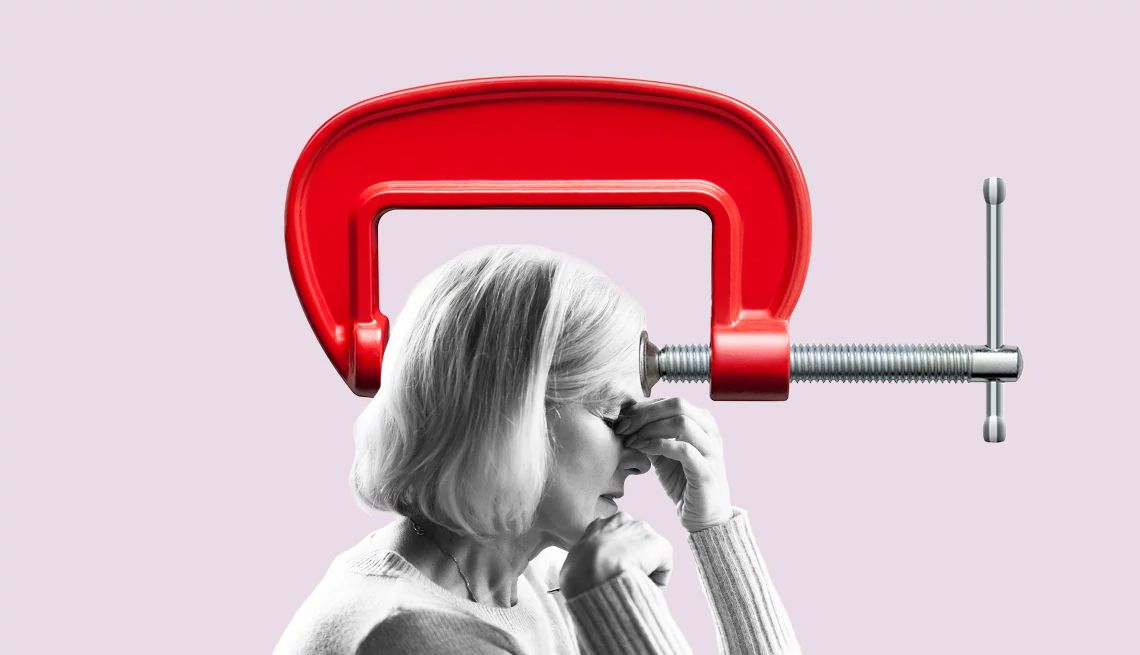AARP Hearing Center
An occasional headache is typically nothing to worry about. You pop an over-the-counter painkiller and you’re good to go.
Sometimes, however, a headache can indicate something more serious, especially at a certain age. “As you get older, we get more concerned that something else is going on that’s causing the headache,” says Deborah Carver, M.D., a neurologist and board-certified headache specialist at UT Health San Antonio.


AARP Membership— $12 for your first year when you sign up for Automatic Renewal
Get instant access to members-only products and hundreds of discounts, a free second membership, and a subscription to AARP the Magazine.
It’s unusual for someone to develop migraines or tension headaches after age 50, so any new headache should be evaluated by a medical provider, Carver says. You should also see a doctor if you’ve always had headaches but your headache pattern changes.
“If you used to get a headache once a month, but you’re now having them on a daily basis, that’s concerning,” Carver says. “We also want to see you if the headache is located somewhere different, if the pain is different or if what’s triggering your headaches changes.”
Common triggers include lack of sleep, stress, dehydration or a reaction to alcohol. Here are some red-flag symptoms that doctors say should prompt you to get your headache checked out right away.
1. Pain plus fever
A headache with a fever usually indicates you have some type of infection, which could be a run-of-the-mill sinus infection or something more serious like COVID-19 or encephalitis (inflammation of the brain.) If you also have a stiff neck, your doctor may suspect meningitis.
Encephalitis and meningitis can sometimes also cause confusion and difficulty talking. Both can be life-threatening if not treated right away. “Older individuals are more immune-compromised, so they are at slightly increased risk for some of these infections,” Carver says.
One study found that about half of COVID-19 patients report headache as a symptom.


































































Michelle Crouch is a contributing writer who has covered health and personal finance for some of the nation’s top consumer publications. Her work has appeared in Reader’s Digest, Real Simple, Prevention, The Washington Post and The New York Times.